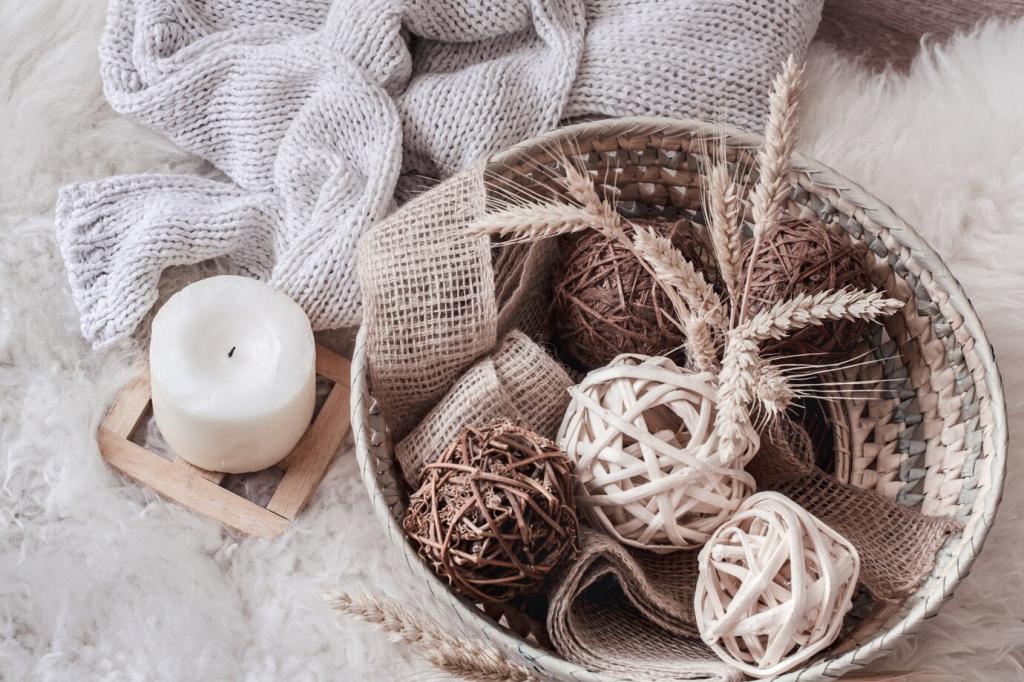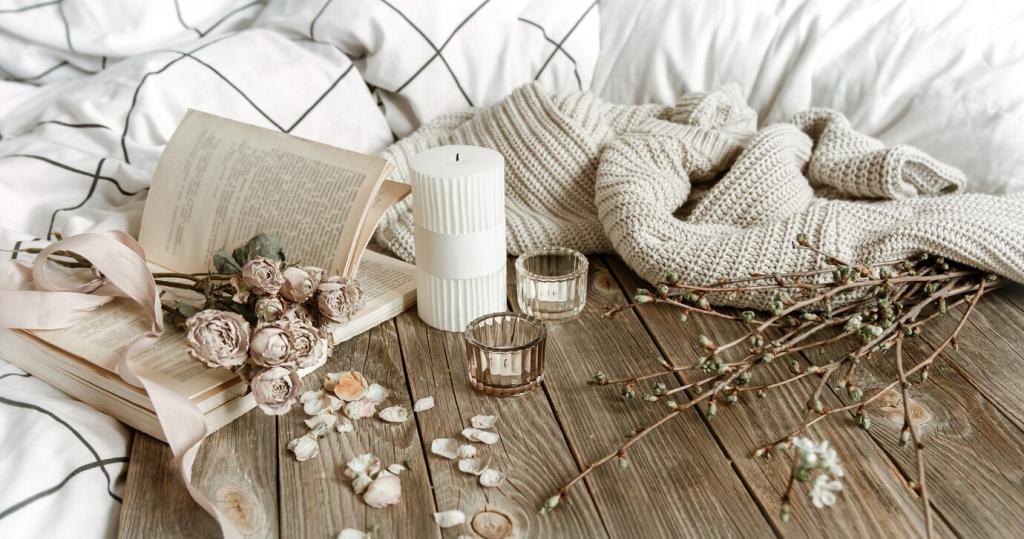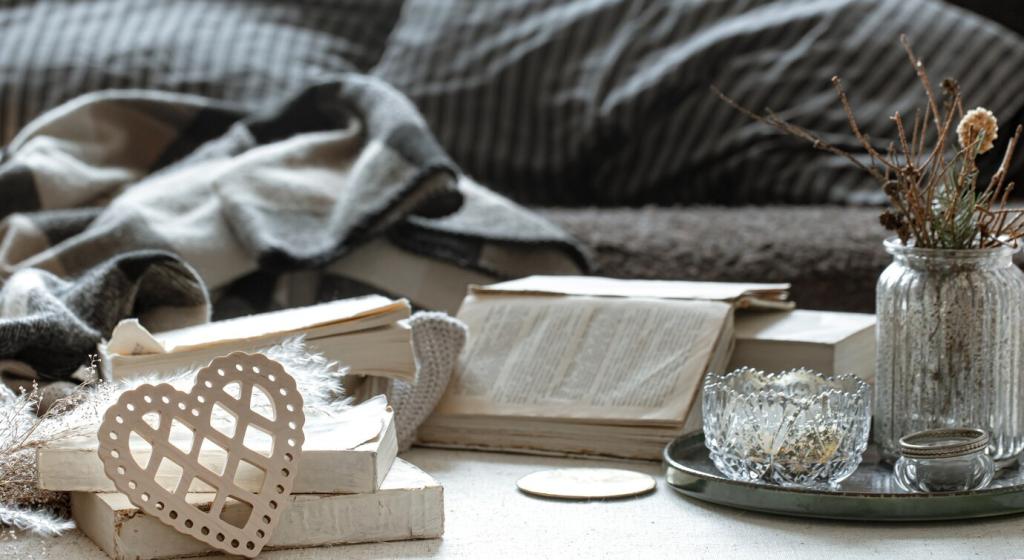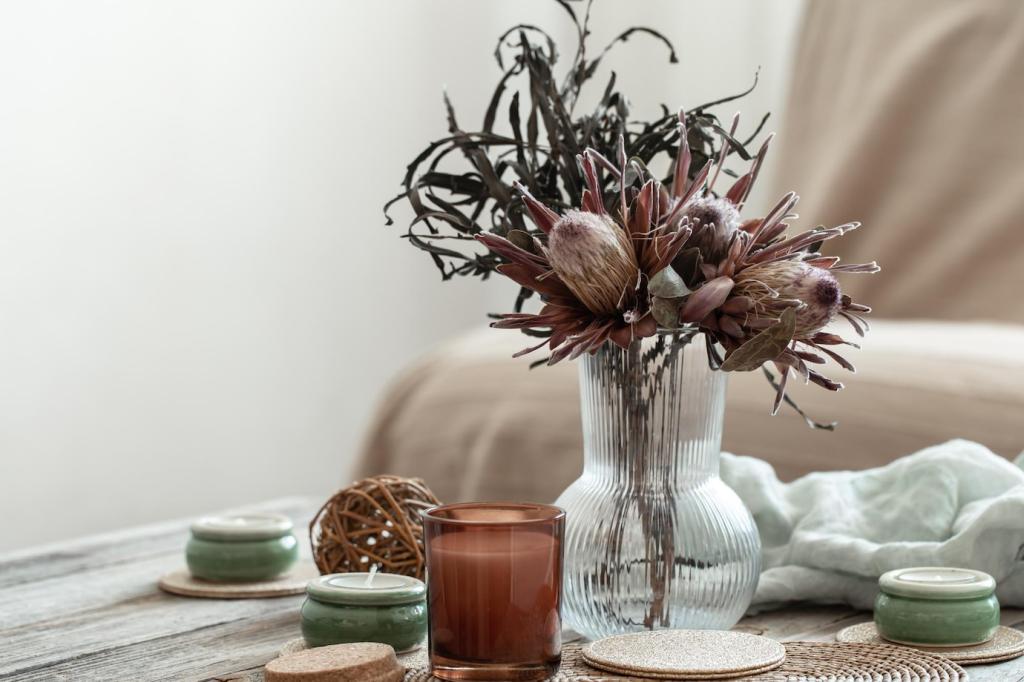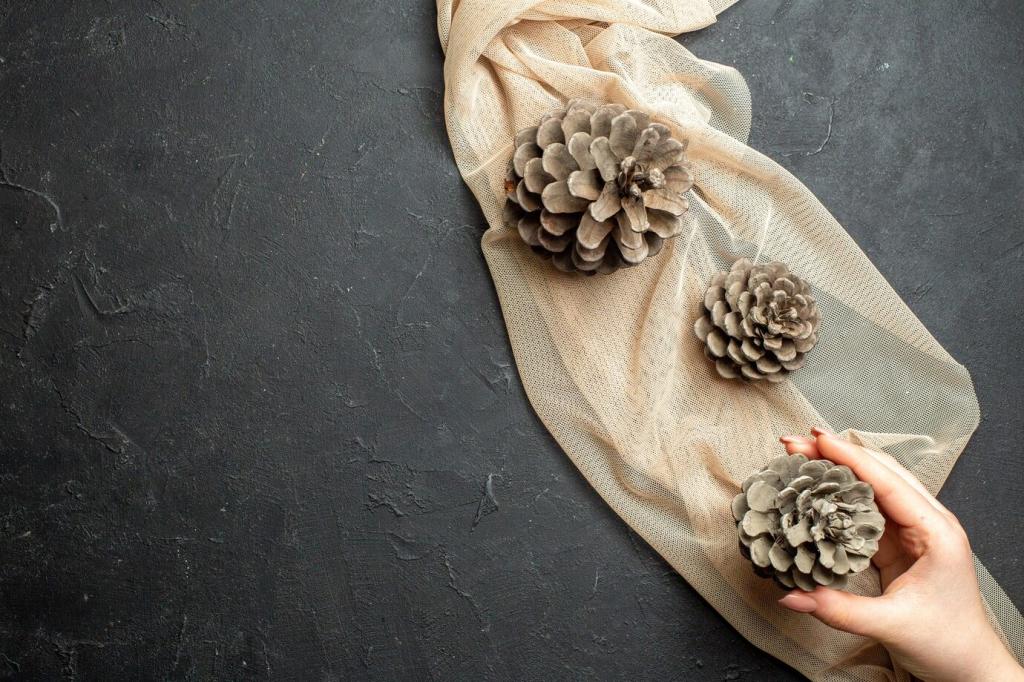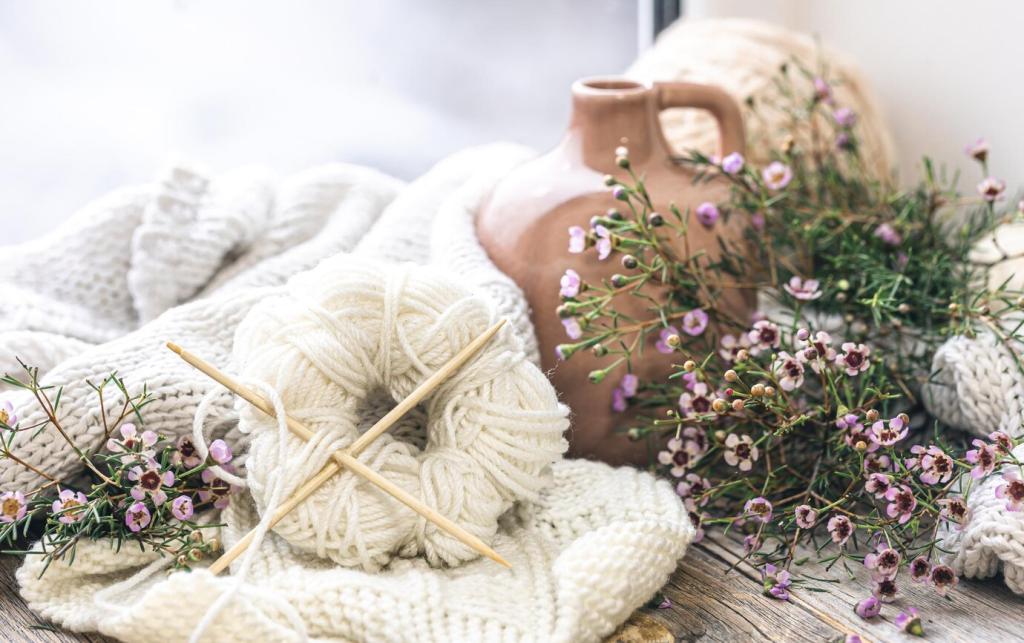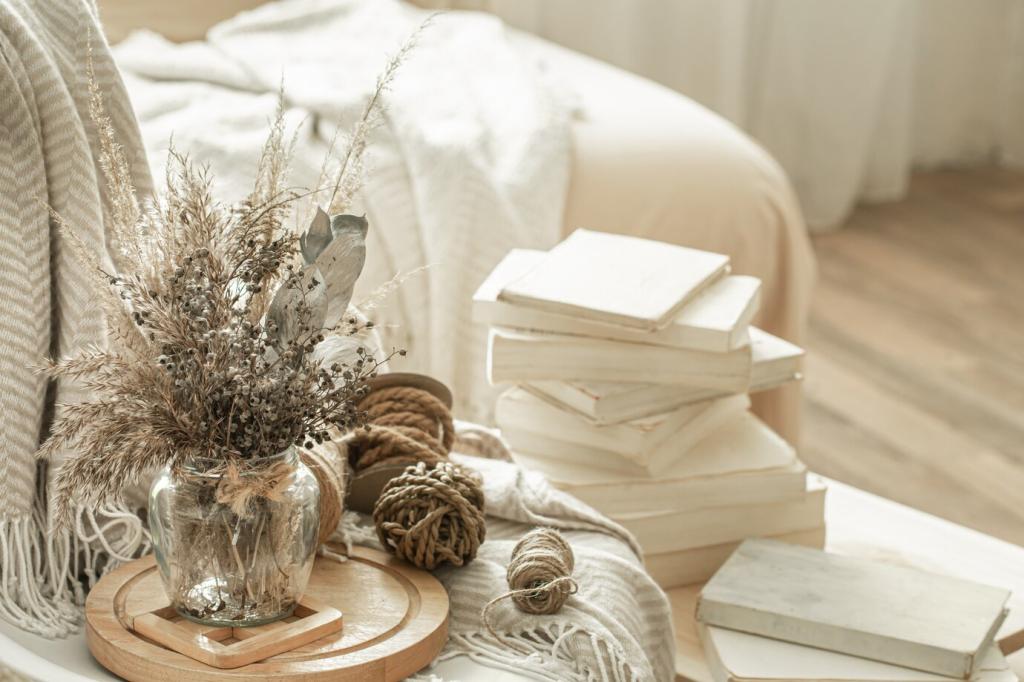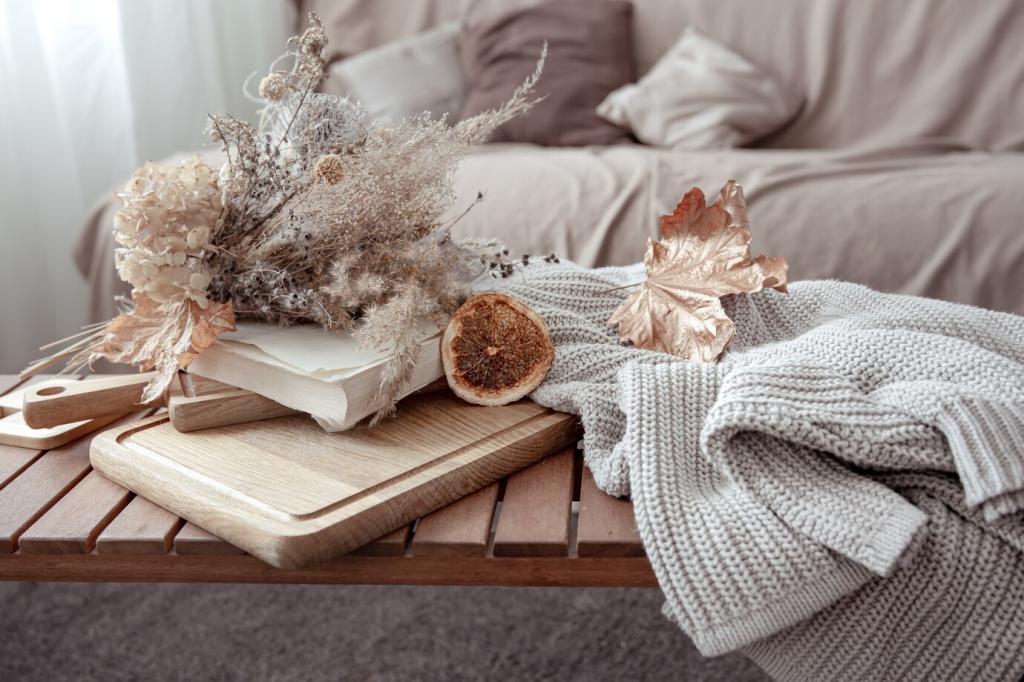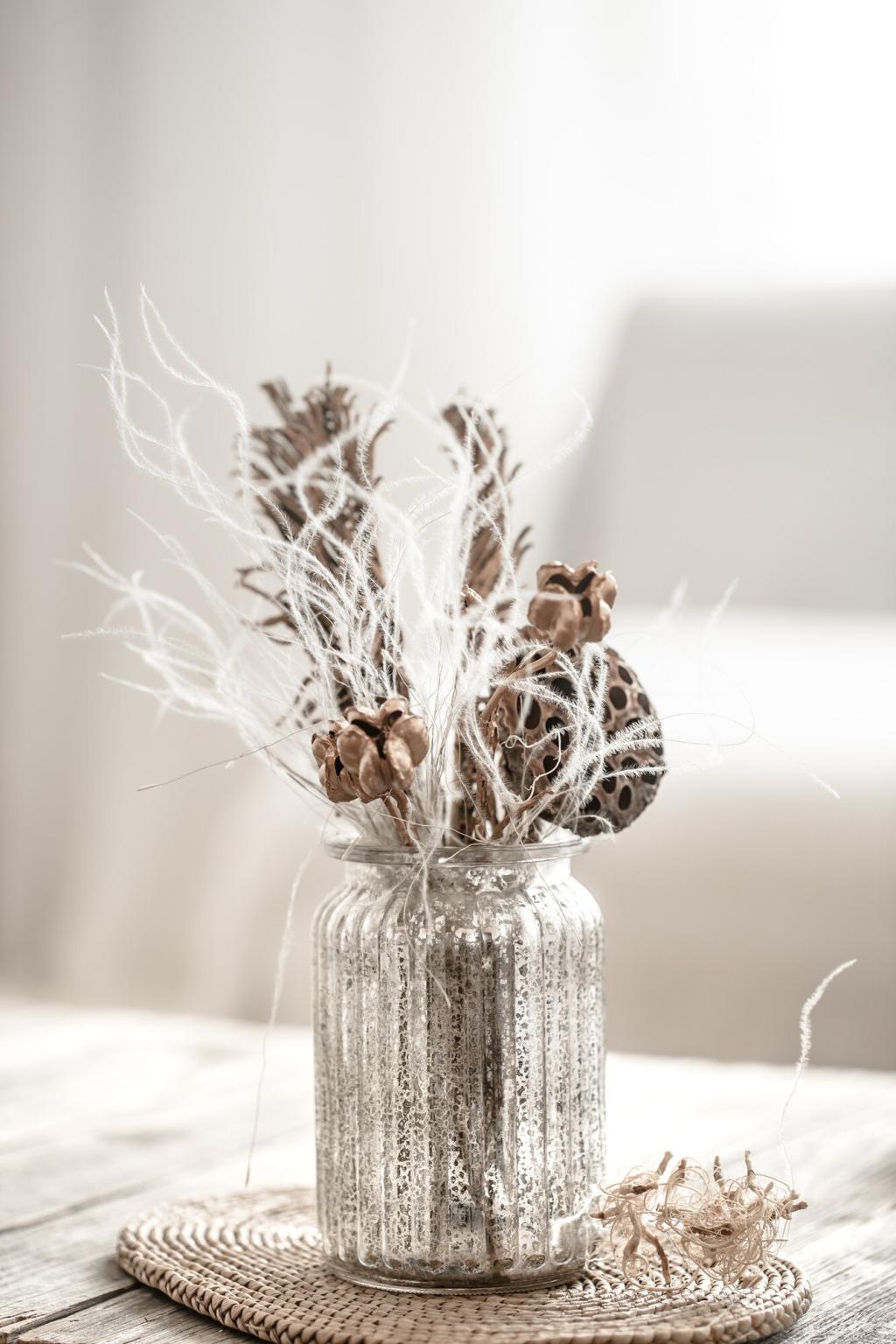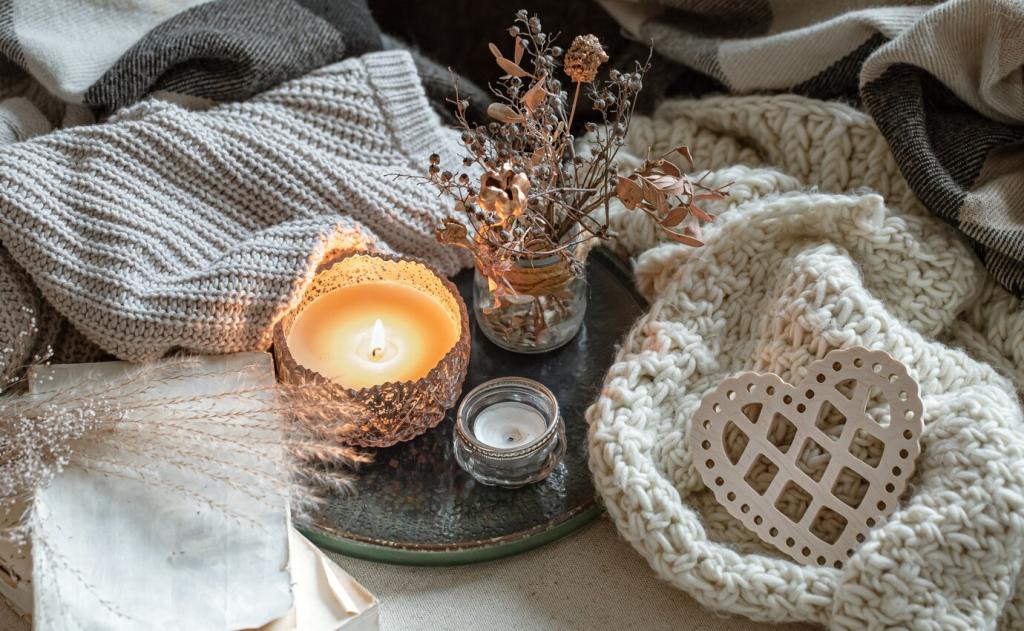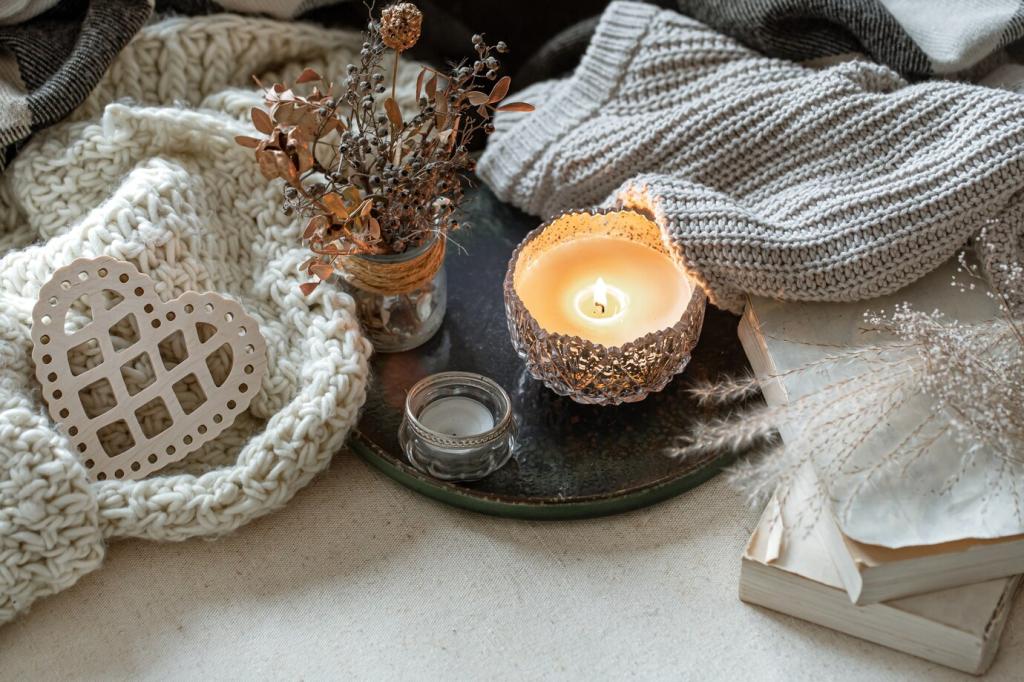Nature-Inspired Accents (Still Neutral)
Introduce muted greens, earthy clays, and pebble greys as gentle accents. A sage cushion, clay vase, or pebble‑toned rug echoes Nordic shorelines without tipping into color noise. Keep chroma low and value close to surrounding neutrals for harmony. Share swatches you are testing, and we will help fine‑tune undertones together.
Nature-Inspired Accents (Still Neutral)
Brushed nickel, pewter, and oiled bronze add cool or warm glints without stealing the scene. Avoid mirror‑polished metals that fight the matte narrative. Try a pewter faucet against greige tile, or an oiled bronze handle on soaped oak. Post a poll: which metal mix feels most balanced in your current project?
Nature-Inspired Accents (Still Neutral)
Greenery reads as a neutral in Nordic schemes when foliage is soft and shapes are simple. Olive trees, eucalyptus, or trailing pothos introduce movement and subtle color. Use pale terracotta or off‑white pots to maintain quiet. Tag us with your plant corner; we love sharing calm vignettes from readers’ homes.
Nature-Inspired Accents (Still Neutral)
Lorem ipsum dolor sit amet, consectetur adipiscing elit. Ut elit tellus, luctus nec ullamcorper mattis, pulvinar dapibus leo.

